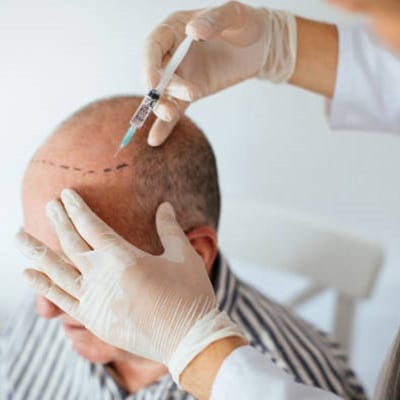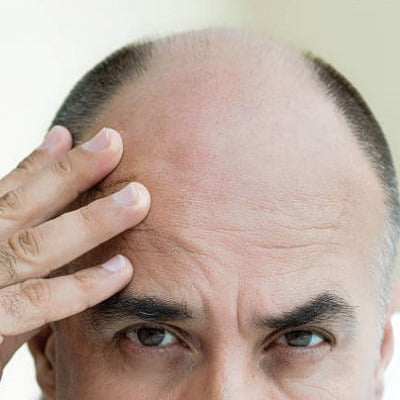
A hair transplant is the best way to recover lost hair and lost self-confidence. But it can be hard to conceal the fact that you had hair transplant and get it done without being noticed by the people. It is a cause of concern for those people especially those who have to get back to work a few days after the surgery but want to conceal it from their coworkers or superiors.
There are a number of different ways to conceal the fact that you have had a hair transplant Islamabad, but before that, it is imperative that you must understand the recovery timeline.
Straightaway after the procedure, there is some redness and scabbing on the donor as well as on the recipient areas from the extraction and transplanting of hair follicles. The redness might take a couple of days to go, whereas the scabbing over the grafts will reduce in about 7-10 days.
There is also some minor swelling around the forehead during the first week after surgery. The swelling usually starts about 24 hours after the surgery at the hairline and will move down the forehead, and to the nose and eyes. The swelling can last up to 3 to 5 days.
The surgeon will also shave off the hair on the donor site, which is the rearmost and sides of the head, from where the hair follicles are extracted. The hair that is not harvested on the donor site should start growing back in a week after the surgery.
The stitches or surgical staples are usually removed after almost 10 days in case of FUT, while the detaching of the transplanted hair starts around the third week, and it will prolong to about 3 to 4 months. Post-transplant shedding is absolutely normal as the hair grafts go through an inactive or sleeping phase. New hair usually starts developing 10 to 12 weeks after the procedure.
Now as we know the recovery timeline, we can deliberate a few ways to conceal the fact that you have had a hair transplant:
Take time-off
The best way to stay unnoticeable about a transplant is to take some time off from work. Vacations of about 2 weeks can be beneficial for a patient as by that time the redness, swelling, and crusting will drive away, and the grafts will have established well into the scalp. Although it is justifiably challenging to take that much time off work, but there are other ways to help make the transplant less obvious.
Some amount of crusting can be escaped if the hair is washed regularly in the days after the surgery. Although a gentle shampoo must be used, the patient has to be careful while washing and not scrub too much as that may dislocate the grafts.
To avoid swelling, the patient should sleep with the head in a vertical position. The use of icepack also helps in decreasing the swelling. Basically, careful post-operative care can help with the swelling considerably.
The shedding phase after the FUE hair transplant can be very difficult to conceal as well. But there is a way out available in the form of Nano-fiber products that merge in with the natural hair. In fact there are various cosmetic concealing products available in the market that can hide hair shedding and hair thinning. These products can shelter the affected areas of the scalp and add volume to whatever hair is left on the areas with thin hair.
Although all these methods can help conceal the fact that you had hair transplant, but a good surgeon will make sure that the procedure is done in way that the grafts are not over-harvested or wasted needlessly, and the extraction and transplanting of grafts is done causing as a minimum stress as possible to the neighboring hair.



